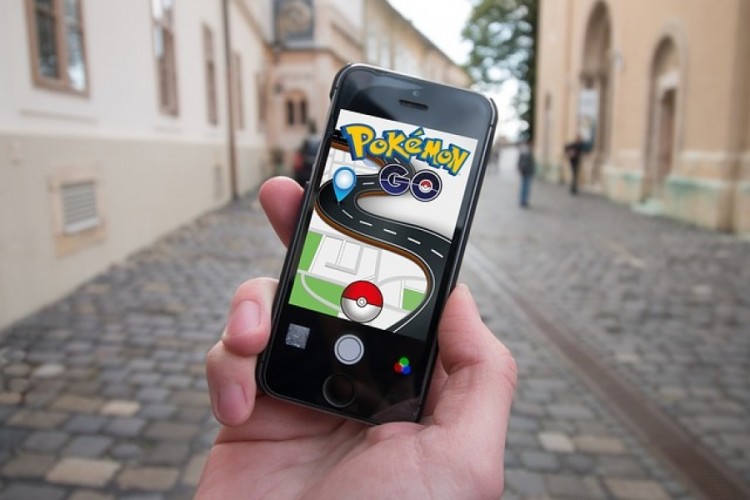-
Augmented Reality 
As with so many major technological innovations, augmented reality was first dreamed up in fiction, several decades ago. In 1901, L. Frank Baum, author of The Wonderful Wizard of Oz, published The Master Key. This novel featured characters wearing a set of glasses that could superimpose information onto the real world.
Flash-forward to 1992, and the concept finally got its name, thanks to Boeing engineers Thomas Caudell and David Mizell. In a research paper, they described a theoretical pair of virtual reality glasses that would help factory workers more easily assemble the internal wiring of a jumbo jet. Caudell dubbed the idea “augmented reality,” and the name stuck.
After this, it would take a few more years before games like Pokemon Go! made it clear that augmented reality app development might be a genuinely consumer-friendly technology. Gadgets like Google Glass have also brought what was once science-fiction to life. It’s obvious now that the future envisioned by the likes of Baum, Caudell, and Mizell has finally arrived in advanced AR technologies.
VR vs. AR
Although augmented reality technology will certainly overlap with virtual reality in some future applications, it’s important to distinguish between the two.
Companies like Sony and Facebook have all invested resources into developing VR tech that allows users to “visit” locations both real and imagined without ever leaving the comfort of their own homes. While such innovations certainly offer their own unique benefits, it’s important to remember their limitations.
Some users don’t feel comfortable wearing headsets that completely obscure their vision, especially if there are any interactive components to the VR experience that require movement. It’s fun to explore an exotic location in your living room, until you trip over the couch.
That’s why AR has something of an advantage over VR. Augmented reality places artificial elements directly on top of the real world. Instead of preventing users from seeing the environment around them, it simply adds to (“augments”) the environment. That’s why companies like Microsoft are choosing to skip the VR craze, focusing their efforts instead on AR products like the HoloLens.
Augmented Reality: Its Applications
For what it’s worth, game developers aren’t the only ones who’ve already seen the value of using AR in their industries. At the BBC, for example, the technology may soon change the nature of news broadcasting.
Graham Thomas, a member of the R&D department at the BBC, explains: “It’s becoming possible to break down all the aspects of a traditional programme – like a presenter, an overlay and even the sound – and treat them as separate objects… It might be as simple as swapping out the usual presenter of a show for one who uses sign language, or automatically editing a news report to fit the time you have available. Or it might allow you to create AR experiences by reusing the objects from a TV show in a novel way. Who wouldn’t like a natural history program where the dinosaurs roam across your coffee table?”
However, as seemingly amazing as this new technology is, users can and will grow accustomed to it. That’s why, instead of focusing on large-scale implementations of AR, some are focusing on using it in small ways to enhance experiences customers already enjoy.
Snapchat is just one example. The idea of sharing photos and videos via social media isn’t profound or groundbreaking. But the ability for companies to superimpose branded, fictional elements through its filters feature adds just enough fun to make Snapchat marketing the success it is today.
That said, AR won’t merely serve recreational purposes. Caudell believes it will boost the overall availability of information for consumers. Imagine being able to see the world around you through a pair of glasses that can share essential information about whatever it is you happen to be looking at. Whether it be a product you’re thinking about buying, a historic site you’re touring, or a politician you’re considering voting for, augmented reality technology can provide informative overlays to your field of vision.
The future of AR is bright, and predicting its future is only part of the fun. It will be equally exciting when we’re all surprised by what comes next from the minds of augmented reality developers.